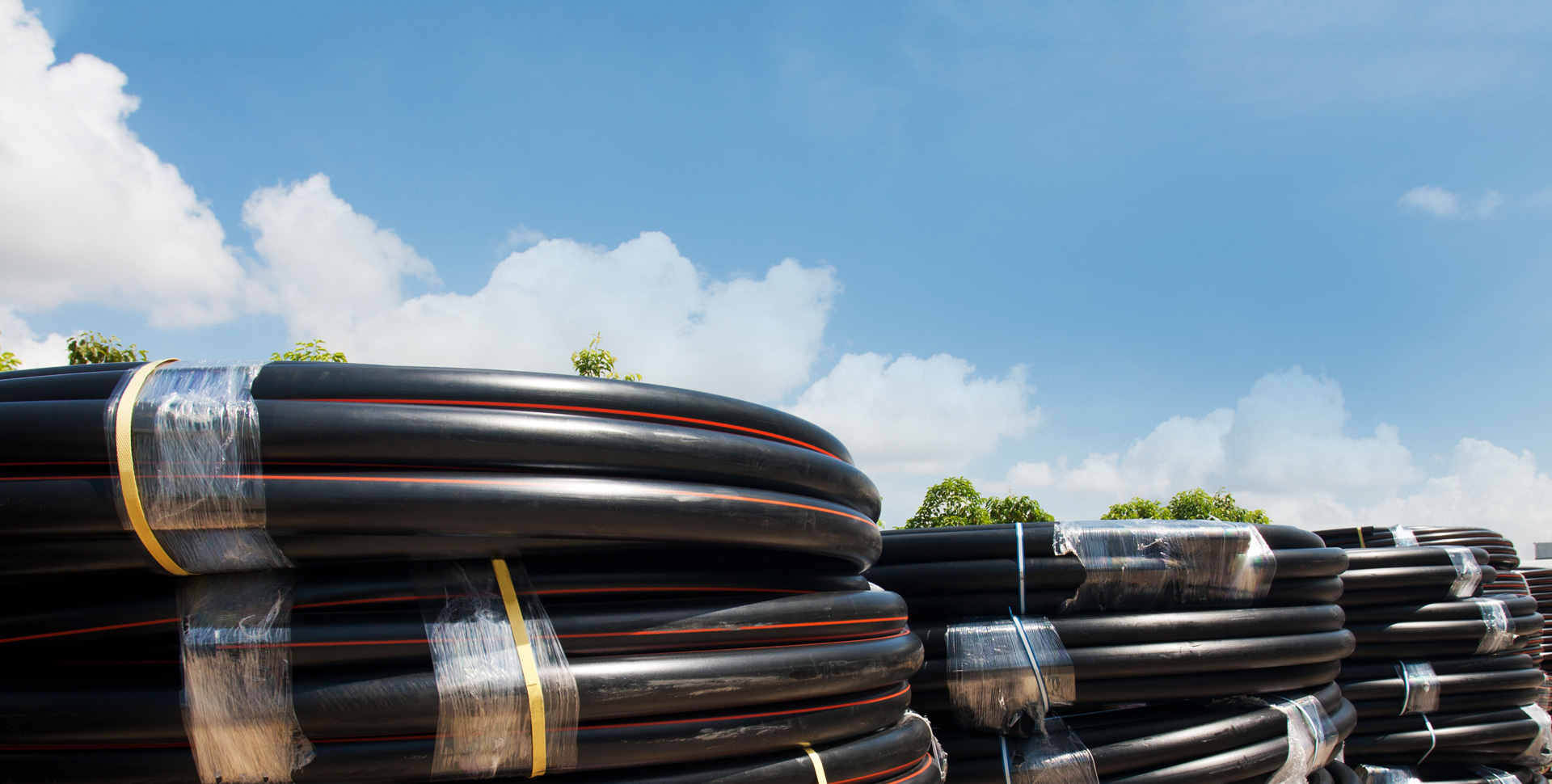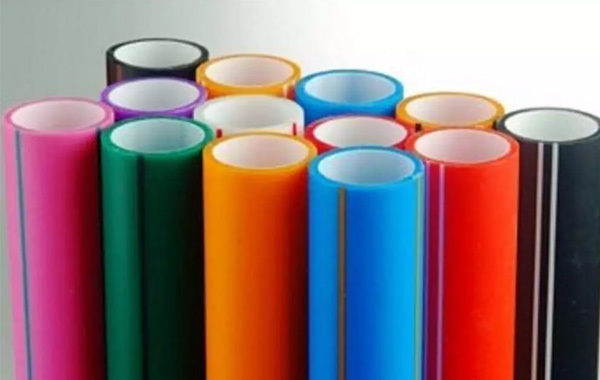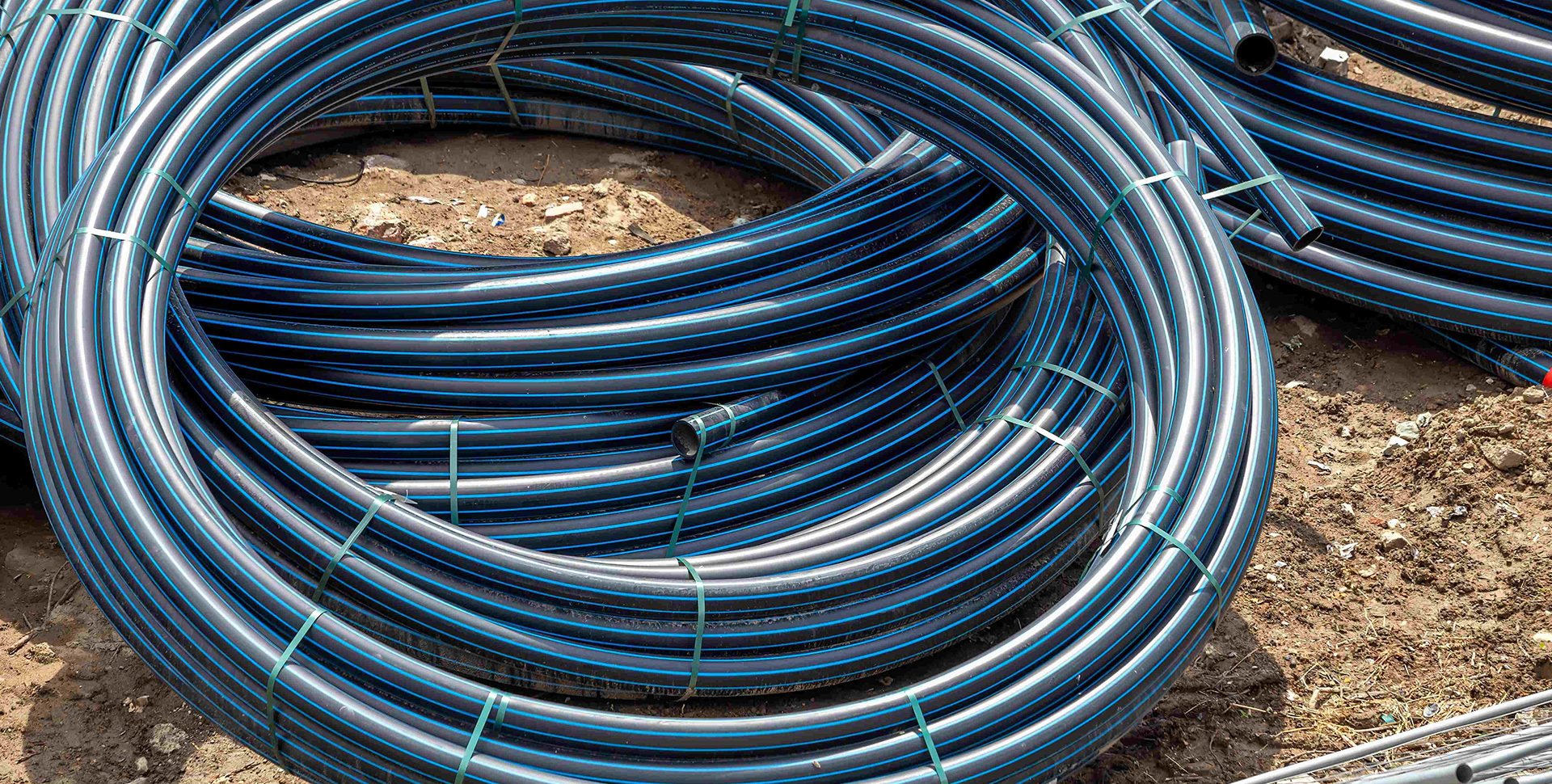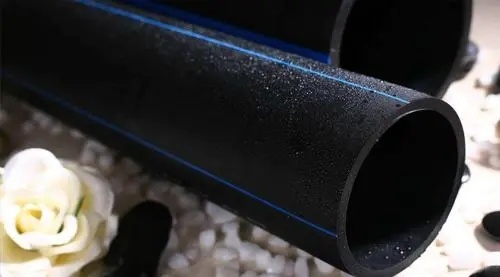Optimizing Communication Infrastructure with Porous Power Tubes: Revolutionizing the Future of Plastic Processing Machinery
Mar 27,2025
Optimizing Communication Infrastructure with Porous Power Tubes
Introduction to Porous Power Tubes
In the fast-evolving landscape of manufacturing and communication technology, optimizing infrastructure is paramount. Porous power tubes represent a groundbreaking advancement in this field, offering unique solutions that enhance efficiency and reliability in communication systems. As industries increasingly rely on sophisticated machinery, understanding the role of porous power tubes within plastic processing machinery becomes crucial.
The Importance of Communication Infrastructure in Manufacturing
Effective communication infrastructure is the backbone of any modern manufacturing operation. It ensures seamless interaction between various components, machinery, and personnel. Enhanced communication leads to improved coordination, reduced downtime, and increased productivity. As such, investing in advanced solutions like porous power tubes can transform the operational dynamics of manufacturing facilities.
What Are Porous Power Tubes?
Porous power tubes are specialized conduits designed to facilitate the flow of electrical power while simultaneously allowing for the passage of air or other gases. Their unique structure permits efficient thermal management, making them ideal for high-performance applications. In plastic processing machinery, these tubes can optimize the delivery of power to critical components, thereby enhancing operational efficiency.
Key Features of Porous Power Tubes
1. **Thermal Management**: The porous nature of these tubes allows for effective heat dissipation, reducing the risk of overheating in machinery.
2. **Lightweight Design**: Unlike traditional metal conduits, porous power tubes are often made of advanced polymers, resulting in a lighter, more flexible option for manufacturers.
3. **Corrosion Resistance**: Porous power tubes are resistant to various chemicals, making them suitable for diverse manufacturing environments.
4. **Versatility**: They can be customized to meet specific operational needs, allowing for integration into various types of manufacturing machinery.
Applications of Porous Power Tubes in Plastic Processing Machinery
The integration of porous power tubes in plastic processing machinery can significantly enhance operational efficiency. Here are some key applications:
1. Enhanced Cooling Systems
Porous power tubes can be integrated into cooling systems to optimize temperature management. By allowing for efficient airflow, these tubes help maintain optimal working conditions for machinery, thereby prolonging equipment life and reducing maintenance costs.
2. Improved Electrical Distribution
These tubes facilitate the efficient distribution of electrical power across machinery, ensuring that all components receive consistent energy. This reliability is crucial for maintaining production schedules and minimizing downtime.
3. Increased Production Speeds
With the enhanced efficiency provided by porous power tubes, manufacturers can achieve higher production speeds. This increased output can lead to significant cost savings and enhanced profitability.
Technical Considerations When Implementing Porous Power Tubes
To maximize the benefits of porous power tubes, several technical considerations must be addressed:
1. Material Selection
Choosing the right material for porous power tubes is critical. Factors such as chemical resistance, thermal stability, and mechanical strength should be evaluated to ensure performance in specific manufacturing environments.
2. Customization Options
Manufacturers should explore customization options for porous power tubes to cater to their specific operational requirements. This may include variations in size, shape, and porosity levels.
3. Integration with Existing Systems
When implementing porous power tubes, it is essential to consider how they will integrate with existing machinery and communication systems. Seamless integration minimizes disruptions during installation and enhances overall efficiency.
Advantages of Using Porous Power Tubes in Manufacturing
Incorporating porous power tubes into manufacturing processes offers numerous advantages:
1. Cost Efficiency
The use of porous power tubes can lead to reduced operational costs through improved energy efficiency and decreased maintenance needs. Their lightweight design also contributes to lower shipping and handling costs.
2. Enhanced Safety
The improved thermal management capabilities of porous power tubes reduce the risk of overheating, thereby enhancing workplace safety. This is especially important in environments where machinery operates continuously.
3. Environmental Sustainability
Many porous power tubes are made from recyclable materials, contributing to more sustainable manufacturing practices. By adopting these innovative solutions, manufacturers can reduce their environmental footprint.
Challenges and Limitations of Porous Power Tubes
Despite their benefits, there are challenges associated with the use of porous power tubes:
1. Initial Investment
The initial cost of implementing porous power tubes may be higher than traditional systems. However, the long-term savings often outweigh these initial expenses.
2. Technical Expertise
Integrating porous power tubes into existing systems may require specialized technical knowledge. Manufacturers must ensure they have the necessary expertise to facilitate a smooth transition.
3. Regulatory Compliance
Manufacturers must consider regulatory requirements when implementing new technologies. Compliance with industry standards is essential to avoid potential legal issues.
Future Trends in Porous Power Tube Technology
The future of porous power tube technology is promising, with several trends on the horizon:
1. Advancements in Materials Science
Ongoing research into advanced materials will lead to the development of even more efficient porous power tubes, further enhancing their performance in manufacturing applications.
2. Smart Technology Integration
As industries embrace the Internet of Things (IoT), porous power tubes may be integrated with smart sensors for real-time monitoring of performance metrics, further optimizing manufacturing processes.
3. Increased Adoption Across Industries
As more manufacturers recognize the benefits of porous power tubes, their adoption is likely to increase across various sectors, including automotive, aerospace, and consumer goods.
FAQs About Porous Power Tubes
1. What are porous power tubes made of?
Porous power tubes are typically made from advanced polymers known for their thermal stability, chemical resistance, and lightweight properties.
2. How do porous power tubes improve efficiency?
These tubes facilitate better thermal management and electrical distribution, leading to reduced downtime and increased production speeds.
3. Can porous power tubes be customized?
Yes, manufacturers can customize porous power tubes in terms of size, shape, and porosity to fit specific operational needs.
4. Are porous power tubes environmentally friendly?
Many porous power tubes are made from recyclable materials, making them a sustainable option for manufacturers looking to reduce their environmental impact.
5. What challenges might manufacturers face when implementing porous power tubes?
Some challenges include the initial investment costs, the need for technical expertise for installation, and ensuring compliance with regulatory standards.
Conclusion
In conclusion, porous power tubes represent a significant advancement in optimizing communication infrastructure within plastic processing machinery. Their unique features and numerous applications provide manufacturers with opportunities to enhance efficiency, reduce costs, and improve safety while supporting environmental sustainability. As the industry continues to evolve, embracing innovations like porous power tubes will be crucial for staying competitive and meeting the demands of the future. By understanding their benefits, applications, and integration challenges, manufacturers can make informed decisions that drive success and propel their operations forward.
Latest News





